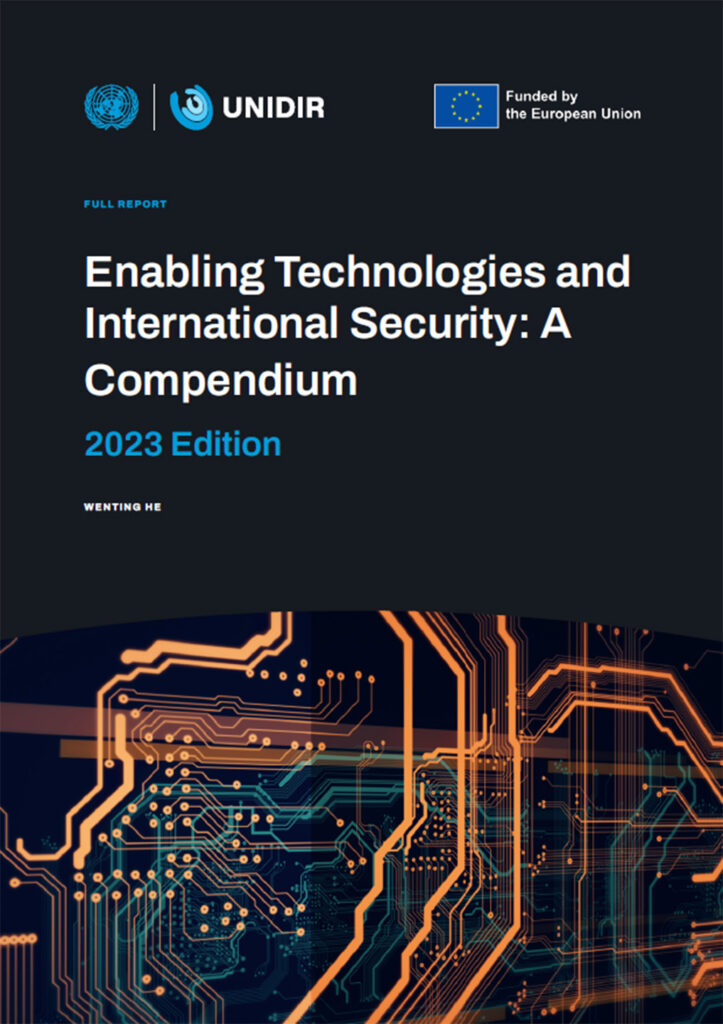Technological advancements in areas such as advanced materials, microchips, sensors and connectivity infrastructure are enabling innovation across other technology areas, not least in information and communications technologies (ICTs), artificial intelligence (AI) and autonomous systems. These enabling technologies are reshaping the digital landscape and hold potential applications in the military domain. While progress has been made in addressing the security implications of ICTs and AI within various intergovernmental processes, comparatively less attention has been devoted to the underlying technologies that are facilitating or driving their further development. This underscores the urgent need for a more thorough and comprehensive examination of enabling technologies as well as their potential impacts on international security.
To address this knowledge gap, this compendium is dedicated to the identification and analysis of the most salient advancements in enabling technologies, with a particular emphasis on those still in their early stages of development or application. The compendium explores four categories of enabling technologies: advanced materials (semiconductors, superconductors and nanotechnology), parts and components (microchips and sensors), processing and computing (cloud, edge and quantum computing), and infrastructure (fifth- and sixth-generation telecommunications (5G and 6G), the Internet of Things, cloud infrastructure and satellite communications).
Citation: Wenting He (2024). "Enabling Technologies and International Security: A Compendium (2023 Edition)", UNIDIR, Geneva.

